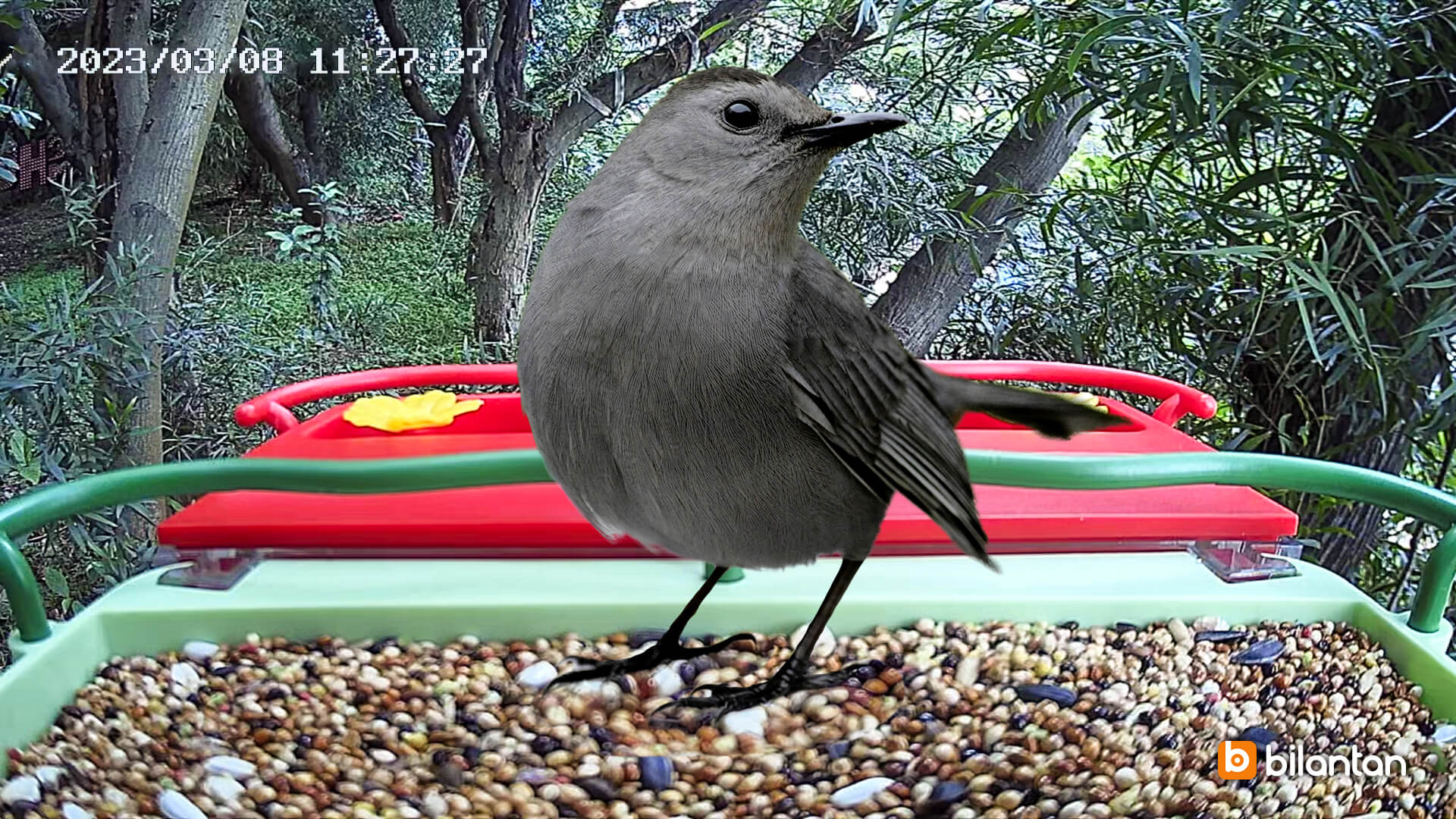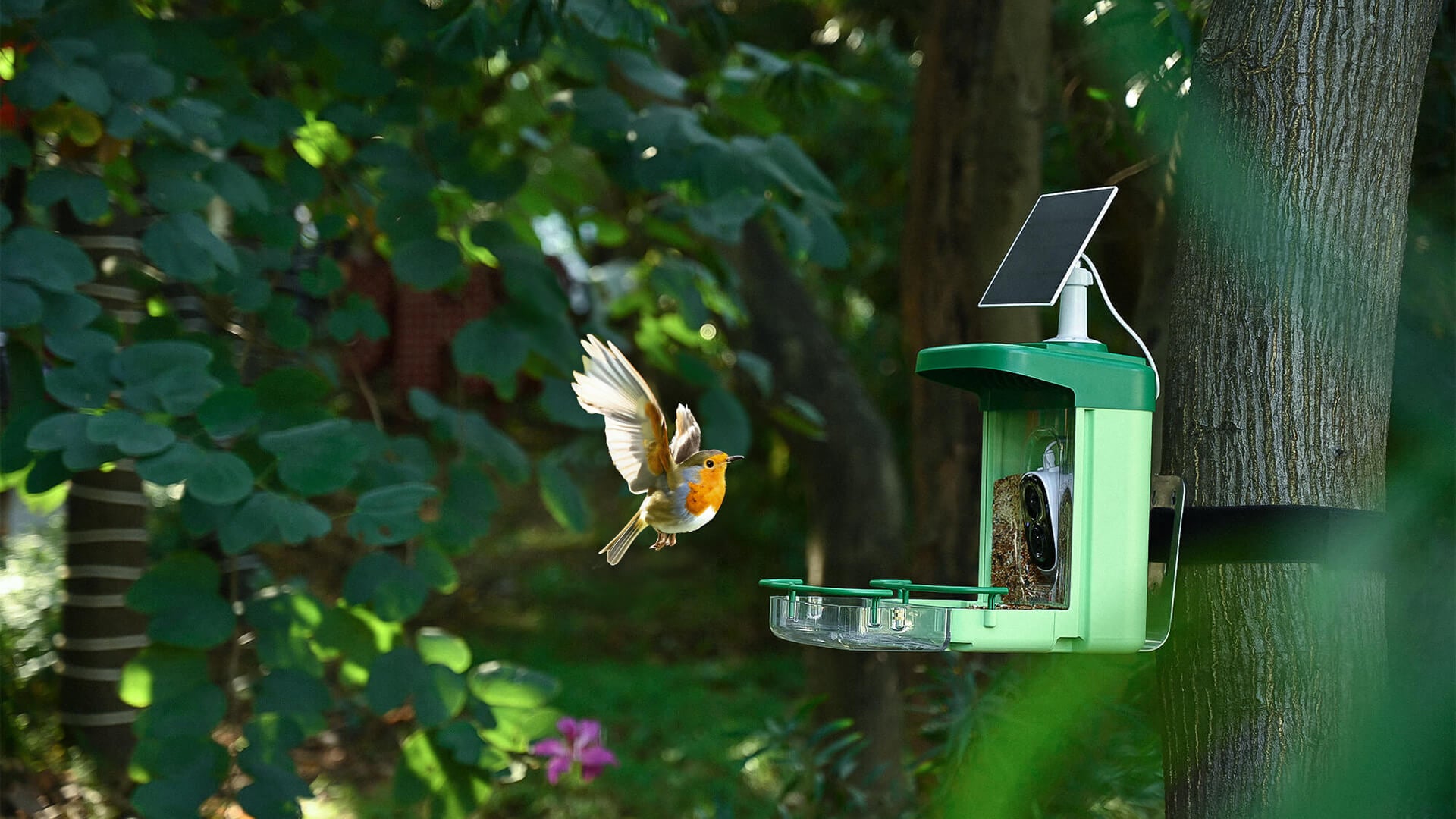The Eurasian Blue Tit is a small passerine bird in the tit family, Paridae. It is easily recognizable by its blue and yellow plumage and small size.The Eurasian Blue Tit prefers insects and spiders for its diet. Outside the breeding season, they also eat seeds and other vegetable-based foods. The birds are famed for their acrobatic skills, as they can hold on to the outermost branches of trees and shrubs and hang upside down when looking for food.
Eurasian Blue Tit:
A typical Eurasian blue tit has an azure-blue crown and dark blue line passing through the eye, and encircling the white cheeks to the chin, giving the bird a very distinctive appearance. The forehead and a bar on the wing are white. The nape, wings, and tail are blue and the back is yellowish green. The underparts are mostly sulfur-yellow with a dark line down the abdomen—the yellowness is indicative of the number of yellowy-green caterpillars eaten, due to high levels of carotene pigments in the diet. The bill is black, the legs bluish grey, and the irides dark brown. The sexes are similar and often indistinguishable from human eyes, but under ultraviolet light, males have a brighter blue crown. Young blue tits are noticeably more yellow.
Basic Info:
Scientific Name: Cyanistes caeruleus
Lifespan: 3 years
Size: 4.7 in
Weight: 0.39 oz
Wingspan: 7.1 in
Eurasian Blue Tit Distribution and Habitat:
Eurasian blue tits, usually resident and non-migratory birds, are widespread and a common resident breeder throughout temperate and subarctic Europe and the western Palearctic in deciduous or mixed woodlands with a high proportion of oak. They usually nest in tree holes, although they easily adapt to nest boxes where necessary.
In Great Britain, the Eurasian blue tit can be found in a variety of environments and is typically found in deciduous woodland, parks, gardens, and even in the center of towns.
Eurasian Blue Tit in the backyard:
Peanuts and fat are the best foods for Blue Tits, especially during the winter. Place whole peanuts in the feeder.
A nest box with a small round entrance hole will encourage Blue Tits to nest in your garden, with the small hole preventing larger birds from using it.
Eurasian Blue Tit Breeding:
The Eurasian blue tit will nest in any suitable hole in a tree, wall, stump, or artificial nest box, often competing with house sparrows or great tits for the site.
During the incubation period, female blue tits perform all of the incubation. However, the male feeds the female during this time. During the nestling period, both female nest attendance and male feeding rates are higher in the morning, declining throughout the day.
Egg size appears to depend mostly on the size of individual females and secondarily on habitat, with smaller eggs found at higher altitudes. The clutch's total weight can be 1.5 times as heavy as the female bird's.




Eurasian blue tits are fond of seeds, nuts, and fat-based foods, especially during colder months when natural food sources are scarce. To provide them with a reliable and convenient feeding solution, consider using the Smart Bird Feeder. It helps ensure fresh food is always available, attracting these delightful birds to your garden.





1 comment
Rusty Park
Great camera with great resolution! …the last unit exceeded my expectations at a reasonable price…By downloading the app and the available bird fan program for bird species identification we were able to enjoy the full bouquet of available offerings and it got us excited all day!
- Russell and Arlene Park
Leave a comment
All comments are moderated before being published.
This site is protected by hCaptcha and the hCaptcha Privacy Policy and Terms of Service apply.